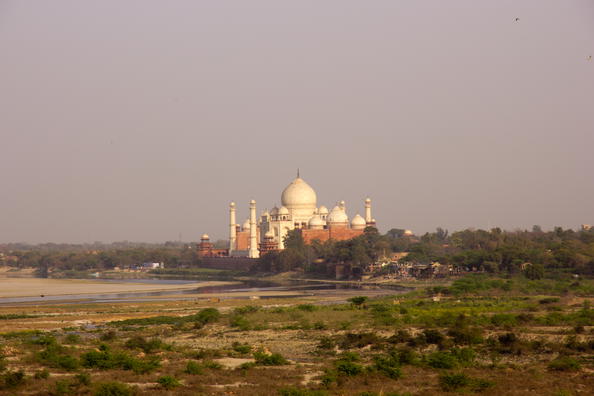- About Us
- Schemes
- Culture Scheme Dashboard
- Scheme of Financial Assistance for Promotion of Art and Culture
- Financial Assistance to Cultural Organizations with National Presence
- Cultural Function and Production Grant(CFPG)
- Financial Assistance for Preservation and Development of Cultural Heriatge of the Himalayas
- Financial Assistance for Development of Buddhist/Tibetan Arts and Culture
- Financial Assistance for Cultural Activities in Performing Arts for Building Grants Including Studio Theatres
- Financial Assistance for Allied Cultural Activities
- Financial Assistance for Promotion of Guru-Shishya Parampara (Repertory grant)
- National Mission on Libraries
- Financial Assistance for Construction of Tagore Cultural Complexes(TCC)
- Scheme of Financial Assistance under Seva Bhoj Yojna
- Scheme of Scholarship and Fellowship for Promotion of Art and Culture
- Museum Grant Scheme
- Scheme for Financial Assistance for Veteran Artists
- Scheme for Promotion of Culture of Science (SPOCS)
- Scheme for Safeguarding the Intangible Cultural Heritage
- Global Engagement Scheme
- Indian Conservation Fellowship Program (ICFP)
- Centenary and Anniversary Celebrations Scheme
- Mission
- ICR
- Commemorations
- CSL
- G20 CWG
- Contact Us
Agra Fort

Agra Fort
Uttar Pradesh
The Red Fort and the Taj Mahal bear an exceptional and complementary testimony to a civilization which has disappeared, that of the Mogul Emperors. Agra's history goes back more than 2,500 years, but it was not until the reign of the Mughals that Agra became more than a provincial city. Humayun, son of the founder of the Mogul Empire, was offered Jewellery and precious stones by the family of the Raja of Gwalior, one of them the famous Koh-i-Noor. The heyday of Agra came with the reign of Humayun's son, Akbar the Great. During his reign, the main part of the Agra Fort was built.
The Red Fort of Agra is a powerful fortress founded in 1565 by the Emperor Akbar (1556-1605) on the right bank of the Yamuna; it is placed today on the north-west extremity of the Shah Jahan Gardens which surround the Taj Mahal and clearly form, with them, a monumental unity.
This bastioned fortress, with walls of red sandstone rising above a moat and interrupted by graceful curves and lofty bastions, encompasses within its enclosure walls of 2.5 km, the imperial city of the Mogul rulers. Like the Delhi Fort, that of Agra is one of the most obvious symbols of the Mogul grandeur which asserted itself under Akbar, Jahangir and Shah Jahan.
The wall has two gates, the Delhi Gate and the Amar Singh Gate. The original and grandest entrance was through the Delhi Gate, which leads to the inner portal called the Hathi Pol or Elephant Gate. But now the entrance to the fort is only through the Amar Singh Gate.
Emperor Shah Jahan, who built the Taj Mahal, was imprisoned by his son Aurangzeb in Agra Fort, from which he had a view of the building erected for his deceased wife. Shah Jahan is said to have died in the Musamman Burj, a tower with a beautiful marble balcony.








